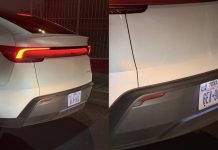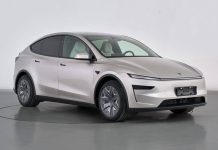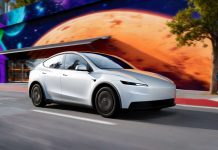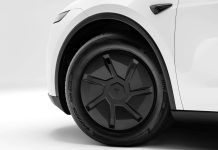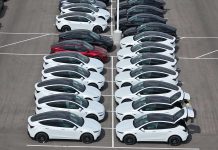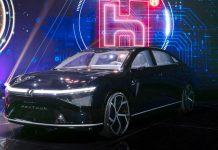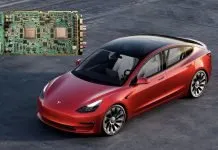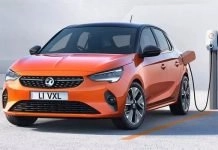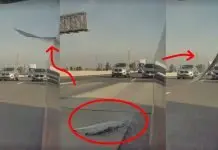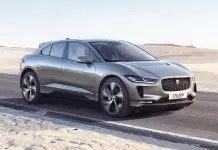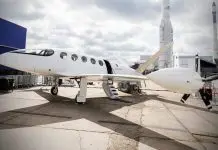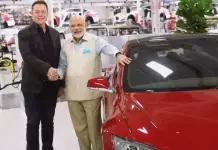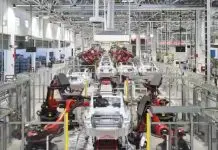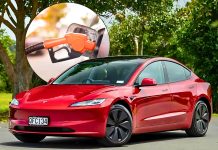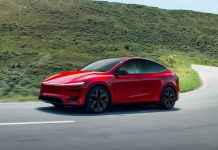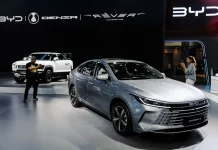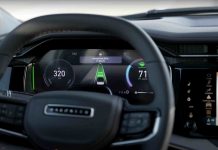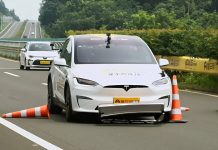The long-awaited Robotaxi program by Tesla seems to be gaining momentum. A Tesla Model Y with manufacturer plates was recently spotted on the streets of Las Vegas, Nevada, sparking speculation that the company has begun testing its autonomous rideshare service in preparation for early pilot testing.
This observation comes just a few weeks after Tesla was officially permitted to start testing Robotaxis in the state at the beginning of September. The action is a significant milestone towards achieving the vision of the CEO, Elon Musk, of his fully autonomous Tesla fleet, which can act as a driverless rideshare network.
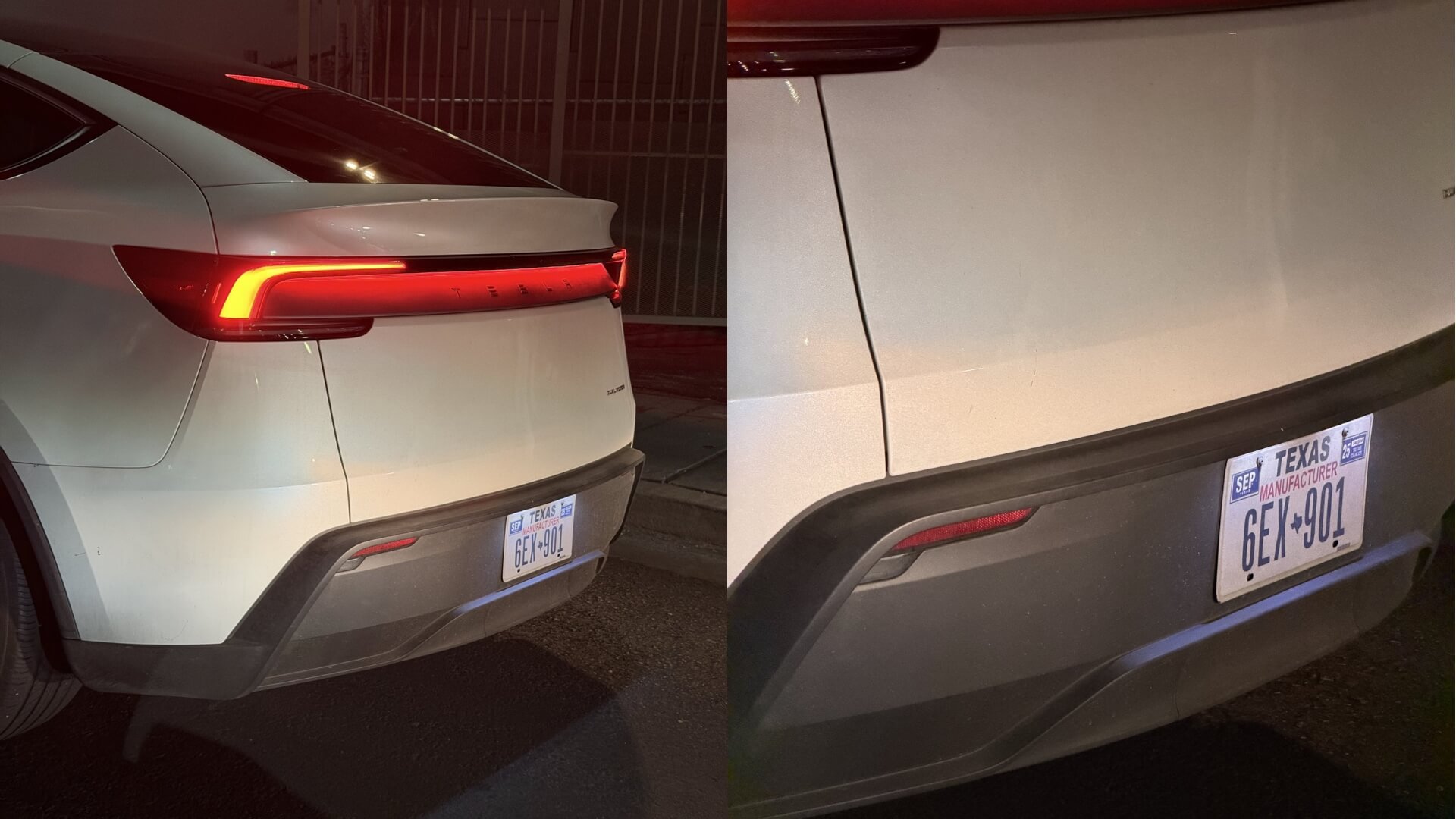
The Significance of the Las Vegas Testing
Las Vegas has become an attractive site for self-driving technology trials. It has broad streets, favorable weather patterns, and a highly favorable regulatory framework that supports innovation of self-driving robots; thus, it is not surprising that Tesla chose the city to be the location of its first Robotaxi experiments.
Tesla insiders speculate that the prototype Y observed in Las Vegas is in a fleet of vehicles utilized by the Autonomous Driving team at Tesla. The vehicles are supposed to have the most recent Full Self-Driving (FSD) Hardware and software – maybe the next-generation Hardware 5 (HW5) platform, which Tesla is developing for next-generation autonomy.
The tempered plates carried by the manufacturer indicate that these are not sold to the general public but merely the prototypes that have been undertaken in engineering, proving, and testing under field conditions.
Tesla ADAS testing in Las Vegas. pic.twitter.com/BxJTHi6nW7
— DJ (@congressdj) October 17, 2025
Tesla has also recently started advertising positions of the Rideshare Fleet Support Specialists in Las Vegas. The openings outline positions dealing with the maintenance and management of an autonomous rideshare fleet, implying that Tesla is in the process of ensuring that the operational infrastructure that it will need to offer in its future Robotaxi service is ready.
These functions include diagnostics of vehicles, fleet preparation, and adherence to the local laws – all the necessary functions of a pilot Robotaxi program.
Industry analysts have held the view that this wave of hiring is due to the strategic phase of expansion, which would see Tesla scale up operations at a rapid pace upon receiving wider regulatory clearance.
From Model Y to a Dedicated Robotaxi
Although the spotted Model Y is used as a test mule, Tesla has already announced that it has the intention to promote a special Robotaxi model. Earlier on, Musk made it clear that the purpose-built Robotaxi within the company will be introduced without a steering wheel or pedals, specifically, with no steering wheel or pedals designed for the best autonomous ridesharing.
Nevertheless, Tesla seems to be testing its self-driving systems with already available platforms, such as the Model Y, which already have advanced FSD features before rolling out such vehicles.
Such a solution will enable Tesla to optimize its algorithms and safety measures and then respond to a fully custom design.
Regulatory Challenges and Competitive Landscape
The Tesla Robotaxi project is getting into a rather competitive industry. Companies like Waymo and Cruise have already initiated limited driverless services in cities such as San Francisco and Phoenix.
Nevertheless, Tesla’s approach is unique, as it only uses a vision-based autonomy with cameras, without both lidar and radar sensors. Although this approach has been controversial, Tesla maintains that this will eventually be more scalable and cost-effective.
One of the challenges is regulatory hurdles. Even though Nevada belongs to the group of more liberal states when it comes to autonomous testing, federal-level approvals will be required before Tesla can deliver commercial Robotaxi services in other states.

